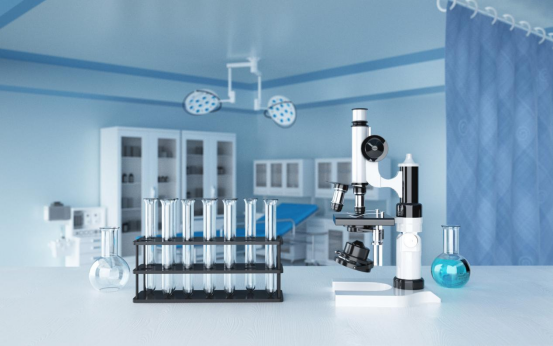UHPLC is a specialized chromatographic method that operates faster, has better resolution, and uses fewer solvents than HPLC. UHPLC achieves this by using smaller columns filled with smaller particles, typically less than 2 µm in diameter. Researchers in biochemistry, cellular and molecular biology, clinical medicine, and many other fields rely on UHPLC to separate different types of molecules from mixtures — whether those molecules are proteins, peptides, metabolites, drug compounds, or other chemicals.
Although UHPLC has significantly better performance, it is not always the best choice. When you consider switching to UHPLC, UHPLCS will help you distinguish between what is important and what is not.
1. Why choose UHPLC?
Although UHPLC chromatography and HPLC chromatography have advantages in a variety of situations, if you separate two components in five minutes and perform analysis only a few times a day, UHPLC is unlikely to be required because the separation is sufficient and relatively fast.
Even if you don’t need higher separation capacity, UHPLC can still improve your flux. The higher chromatographic separation of UHPLC columns compared to HPLC columns can be used improve the separation of complex samples, or to increase the speed of analysis by using shorter columns and maintaining the separation.
2. However, UHPLC is not without drawbacks. Because UHPLC uses smaller particles in the column, it is not suitable for dirty or unfiltered samples. Using unfiltered samples may cause column clogging. The chromatographic on-line filter or protective column can be installed in front of the column for filtration to avoid column clogging. In general, UHPLC requires higher sample and mobile phase cleanliness, which can increase the additional cost of solvent and sample preparation.
3. The selection of UHPLC matters needing attention
Because UHPLC uses smaller particles in the column, for example, more force is required to drive the solvent and sample through the column. Therefore, UHPLC requires pumps that can operate at higher pressures than those used in HPLC.
On the other hand, while the initial cost of a UHPLC system is typically higher than its CORRESPONDING HPLC system, the total cost of ownership may actually be lower. UHPLC systems can produce faster results with fewer reagents than HPLC systems, and the increased flux can improve productivity. In this case, the higher initial cost of the UHPLC system may actually save the lab money over several years.
4.Future development
Despite the differences, the new column fillers began to blur the line between HPLC and UHPLC. For example, for HPLC and UHPLC, the new “core-shell” or “porous” particles provide better performance than traditional column particles. Core-shell particles have a larger surface area, which means they are superior to their traditional particle Cousins at lower operating pressures. This means that using core-shell particles (e.g., core-shell particle fillers from a thermobioassay that are consistent in batch stability and reusable), it is now possible to achieve the “super-efficiency” of UHPLC using the lower pressures of HPLC.
For HPLC and UHPLC, balancing equipment cost and performance becomes more flexible. Whether you need simple high-throughput separations or higher separation capabilities, UHPLC is evolving to meet more types of needs than ever before
Post time: Jun-23-2022








